After baited breath from the Dragon Age community, The Veilguard has arrived—and it doesn’t disappoint. The return to Thedas is an excellent time and bodes well for the future of BioWare’s other projects.
Dragon Age: The Veilguard is an action-filled game that is fluid, crisp, and exciting. The missions are well-written and enjoyable, and the dialogue between companions is delightful. There’s a lot to like about The Veilguard, but there are a few bumps in the road. For older Dragon Age fans, it might feel odd to be planted in this mostly dungeon-based mission corridor, but the experience never feels like a grind and is mostly BioWare playing it safe.
Narrative and gameplay take center stage
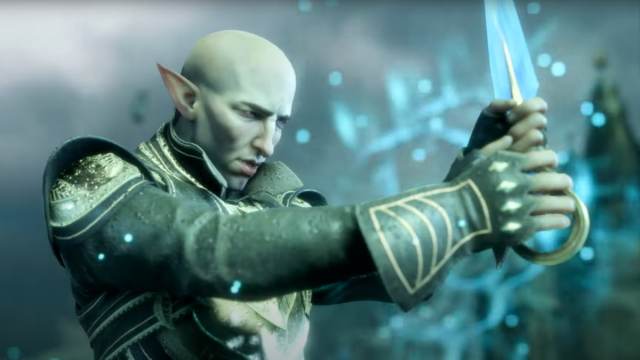
We jump straight into The Veilguard amid Varric and Harding’s continued search for Solas, the Dread Wolf, an old elven mage who locked away the other elven gods. Varric and Harding have been on the trail of Solas for quite some time, and in the past year, they recruited the player’s main character, Rook, to help them on their quest. Certain events happen at the beginning that lead to Varric taking a back seat for the operation and Rook stepping up to become the team’s leader against the elven gods, now freed.
Rook’s time as the leader is met with welcome arms that many would expect from a BioWare game. One thing leads to another, and the many companions all agree the player’s character is suitable to lead them forward; multiple difficult decisions come up that they must navigate, improving and losing relationships along the way. These decisions don’t crop up as often as I would have imagined, but they still direct and dictate the story at large.
Newcomers might find it challenging to get into The Veilguard. Many characters hint and talk about experiences from throughout the extensive timeline of the Dragon Age series without going into too many details. They offer some insight, but veteran players will also pick up on the much finer, minute details to connect the dots far more, and those who are new to the series miss out on them pretty easily, along with any fun nods the writing team left for returning fans throughout the larger narrative. It feels like some important context or even a brief summary of what’s happened up until this point could have been provided, covering the central plot of all three games.
Despite the lack of history sharing, the natural narrative keeps players informed, on the edge of their seats, and invested in the larger plot, along with the impacts of the larger world. The smaller details and companion quests are wonderful highlights that are always a delight throughout the game. Although, the dialogue can become a bit typical and feel like you’re watching a movie, rather than participating in a high-fantasy world.
It feels like the team took a safer route with the narrative despite it being a rich, satisfying story. The overall beats keep the surprises fun but contained. It takes a good amount of time before there’s a good amount of payoff, well into the third act. What continues throughout the game is bombastic combat, with a slew of abilities available to your character. The Veilguard emphasizes your character as the main hero, and the companions take a backseat in this regard. But it’s change I didn’t expect to enjoy as much as I did.
Magically quick, satisfying combat
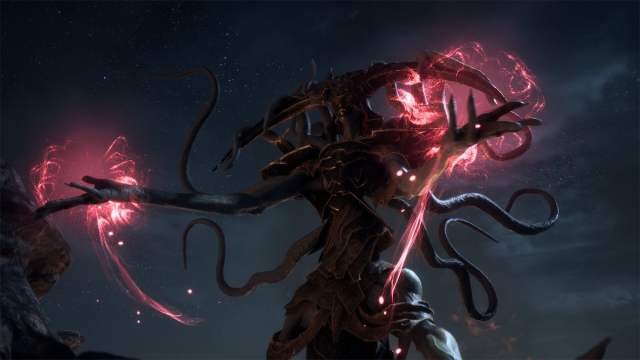
The fluid combat in The Veilguard is a throwback to the Dragon Age 2 experience, where everything was more hastily done with quick decisions at every turn. However, it’s a balanced blend of 2 and Inquisition, where you can pause in combat to order companions to use their abilities. Thankfully, companions no longer have health meters or precious resources for their attacks but are put on timers. Instead, the focus is solely on the main character, making it far easier to manage these cumbersome details.
The hasty combat complements the narrative. Everything happens quickly and on a dramatic scale that feels appropriate for this encompassing story, blending with each other for an entertaining experience.
Even though the combat can feel hectic, the builds you can make feel rewarding, and nothing is more satisfying than landing an overly troublesome parry. I played as a Rogue, one of the three available classes, and it took me far longer than I want to admit to understand the parry fully. As a new mechanic, it feels like BioWare’s weakest addition to the combat system, but mastering it offers great rewards to stun and counterattack a foe briefly.
Overall, it’s a good way to combine everything that the Dragon Age series has done and bringing it together in a modern experience. BioWare shies away from Origins in terms of playstyle, but the series has dramatically shifted away from that for a long time. We can also feel this with The Veilguard’s storytelling, while still remaining on a grand scale but downsizing the exploration and larger areas for focused storytelling.
Dungeon-diving through Thedas
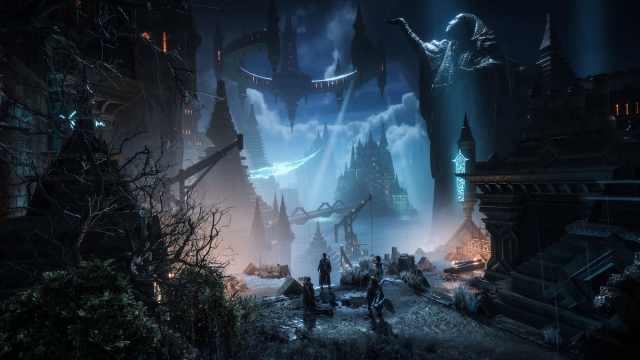
To achieve this more focused storytelling, BioWare took a step back from the larger open world and instead stuck with a narrower experience. Rather than sprawling fields, the team chose to handcraft many of the dungeons and environments for players, creating smaller but more meaningful setpieces—for better or for worse.
All quests and story opportunities in The Veilguard occur in select locations and dungeons, preventing you from going too far until the task is complete. There are larger regions where you can freely explore to find small secrets and details about these side quests, but the quests take place in specific dungeons. There’s a repetitive nature to these encounters that might wear some players down. I don’t think these details are bad, but the restrictions exist.
Knowing you have a set area to explore from start to finish, the restrictions can feel like focusing on a particular narrative beat. It takes away some of the worry about missing any specific parts of the game, but removes that feeling of joy some get when they have the chance to explore a sprawling RPG world fully. These smaller locations and confining spaces do run the risk of feeling repetitive.
While some might wish for the return to an open-world Dragon Age game that doesn’t narrow the landscape, The Veilguard is still massive in size, and the finer focus on these details does feel good in the grand scheme of things, especially when you compare it to other RPGs. Rather than feeling like you’ll be drowning in another 100-hour adventure, drudging through side quests, and roaming around a huge map, it’s a tighter experience that still delivers punchy combat and a gratifying story.
The return fans wanted
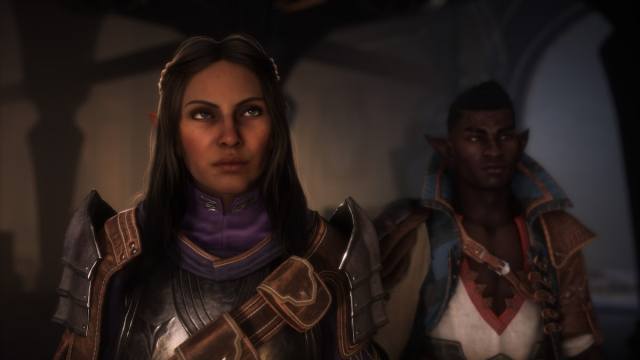
It’s easy to be cautious about The Veilguard, but BioWare comes out on top with this, delivering a genuine and lively experience. The central plot and narrative details are much fun, with some great combat. The dungeon corridors and narrow pathways might not be for everyone, as they provide a more focused experience, but sometimes lose the majesty of exploring this high-fantasy world.
Overall, Dragon Age: The Veilguard is a success story for BioWare. The team plays it safe without losing its identity and gives fans an experience they’ll remember.
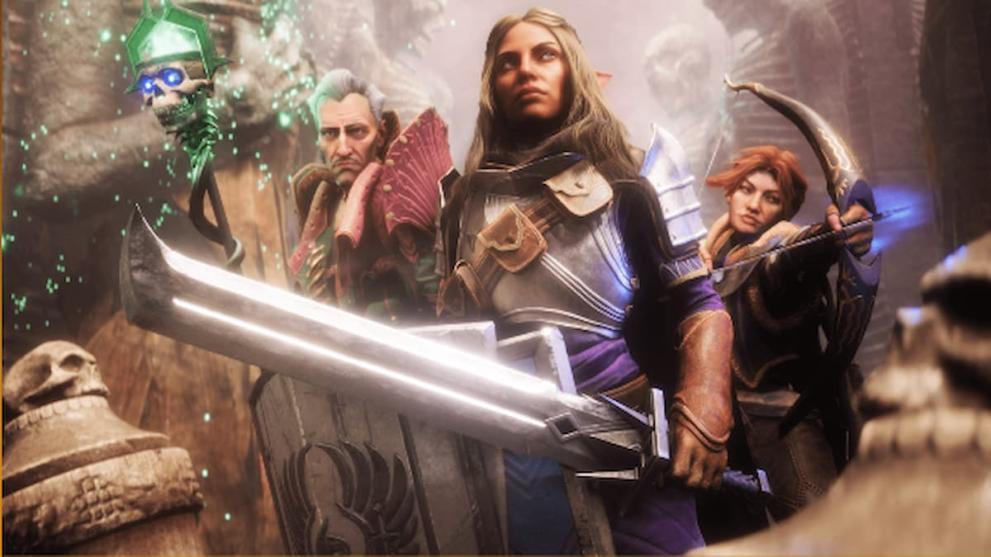
- Fast-paced and rewarding combat
- Delightful story and small narrative side quests
- Gorgeous graphics and backdrops
- The dialogue can feel tiring and predictable
- BioWare plays it safe, without enough risks while exploring Thedas


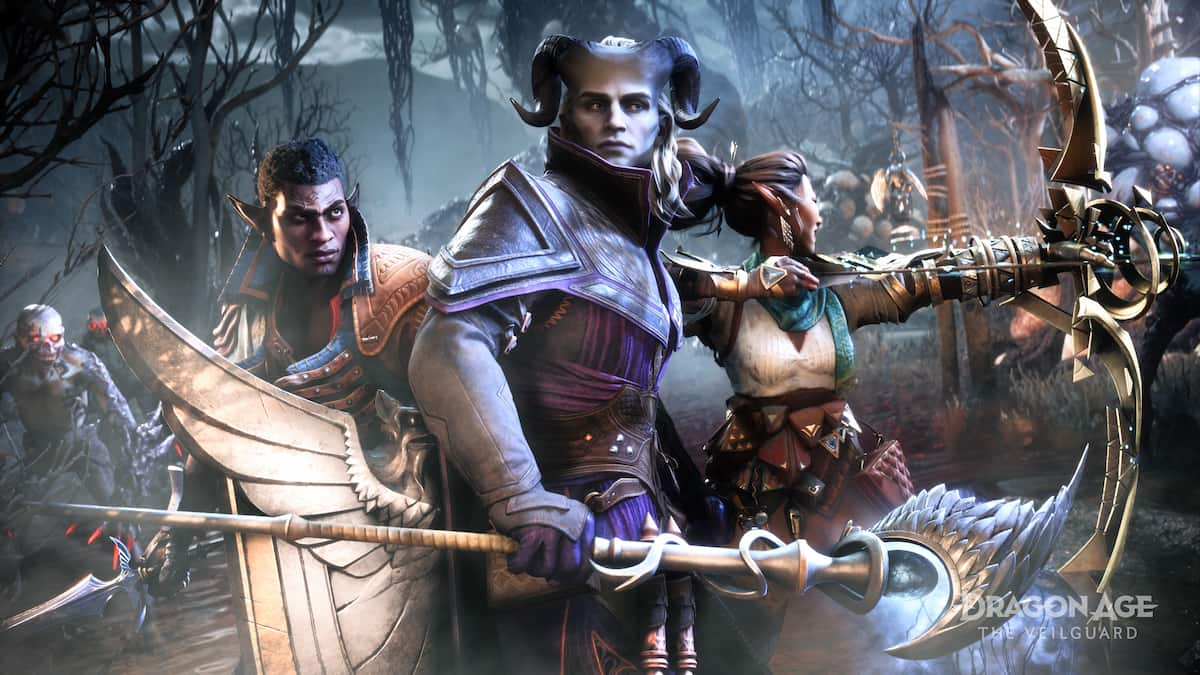
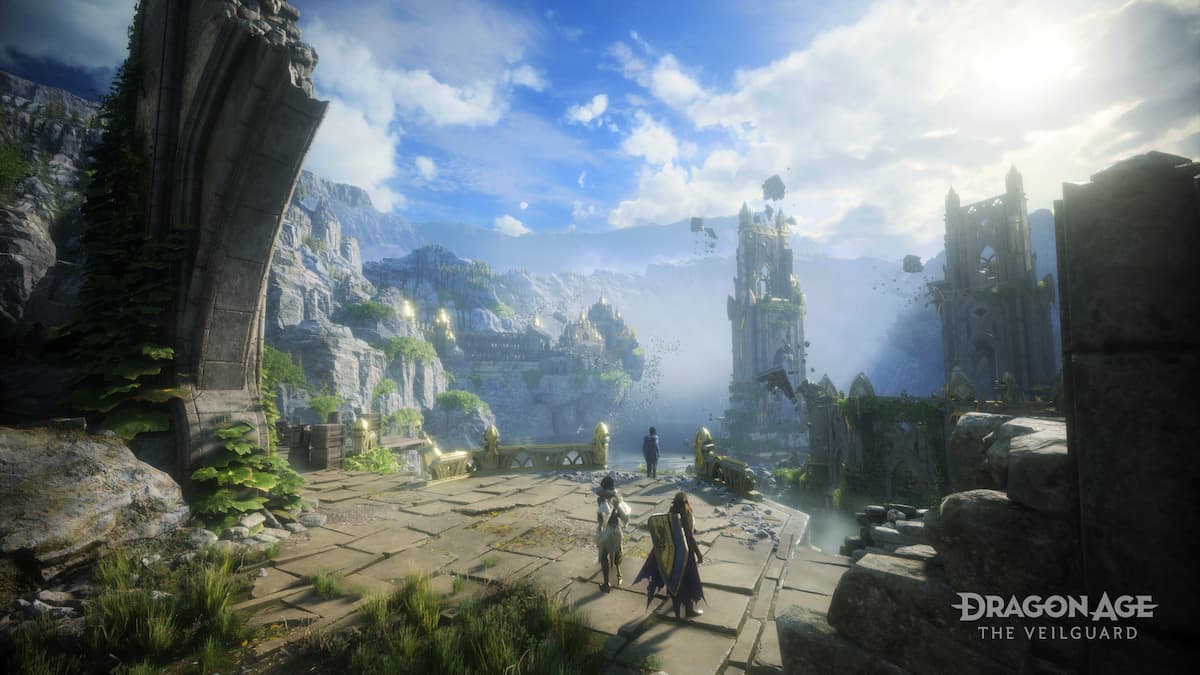
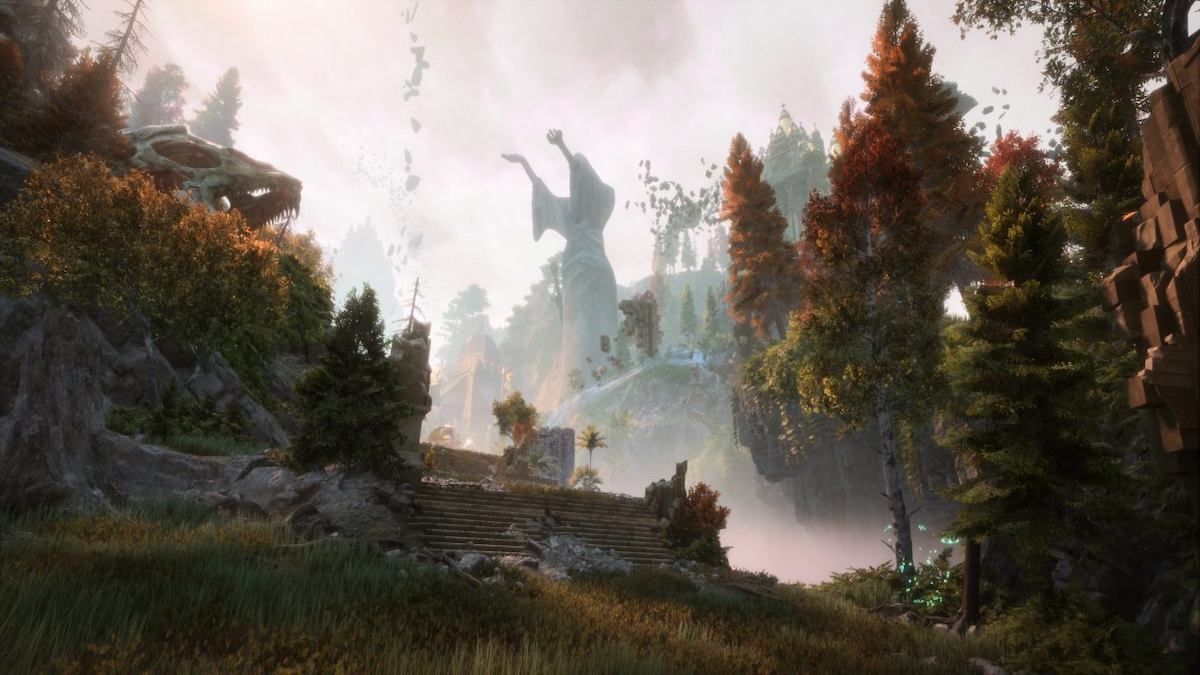
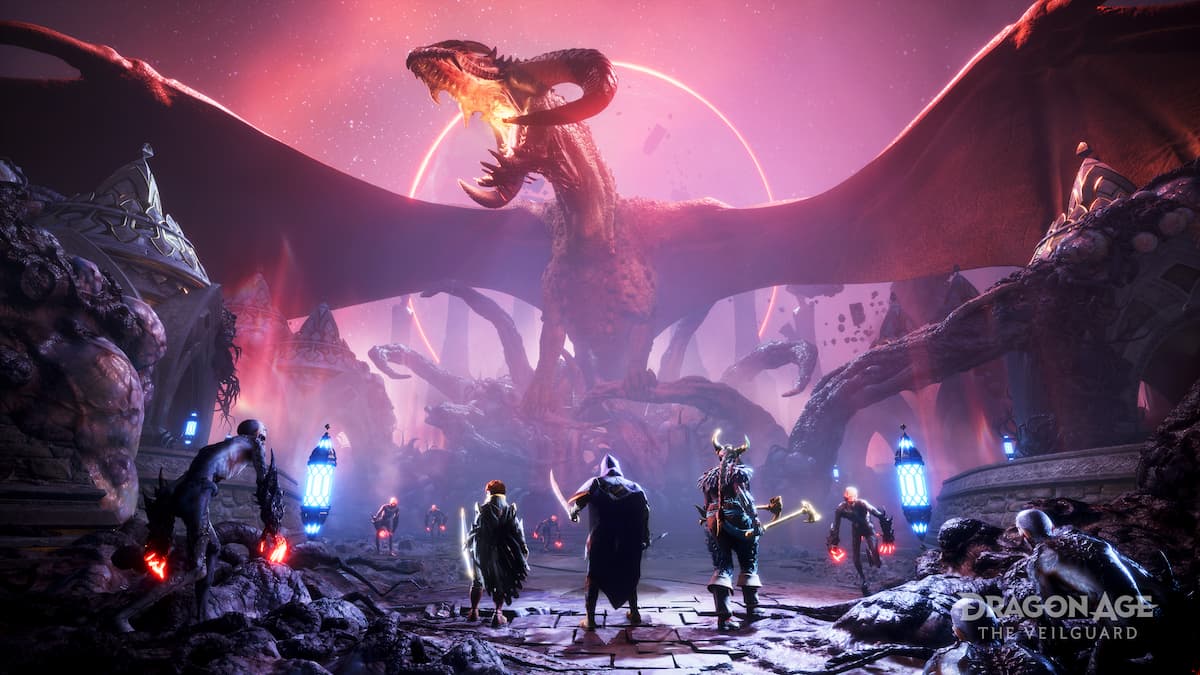
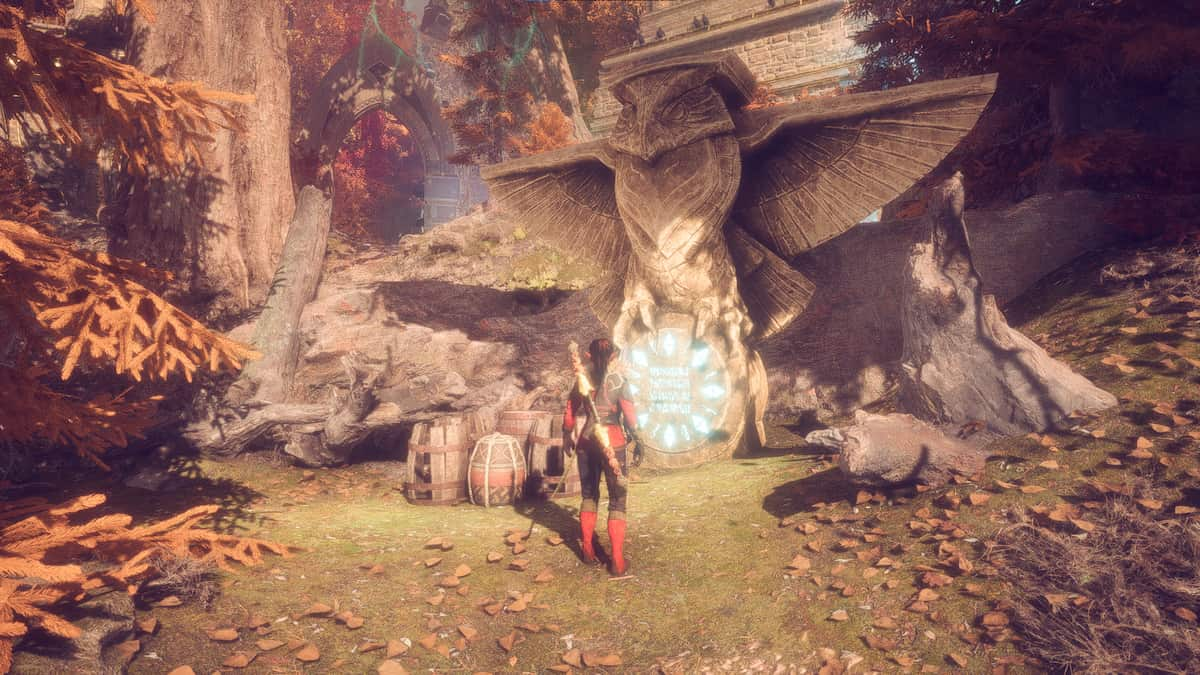
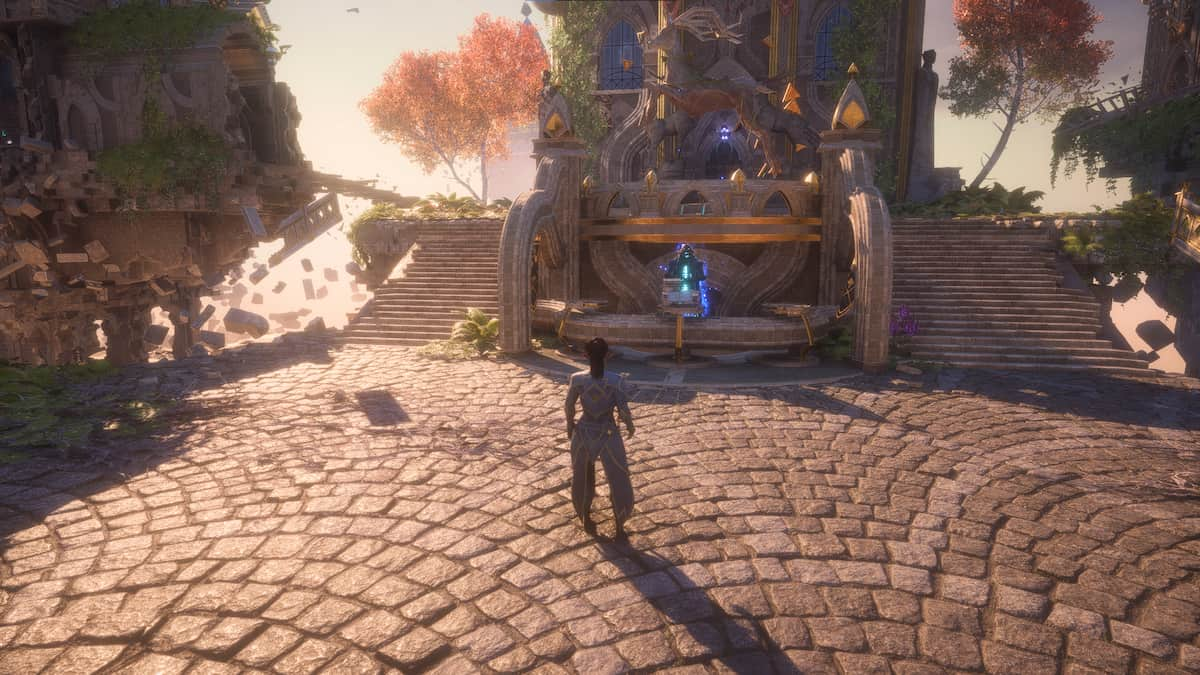
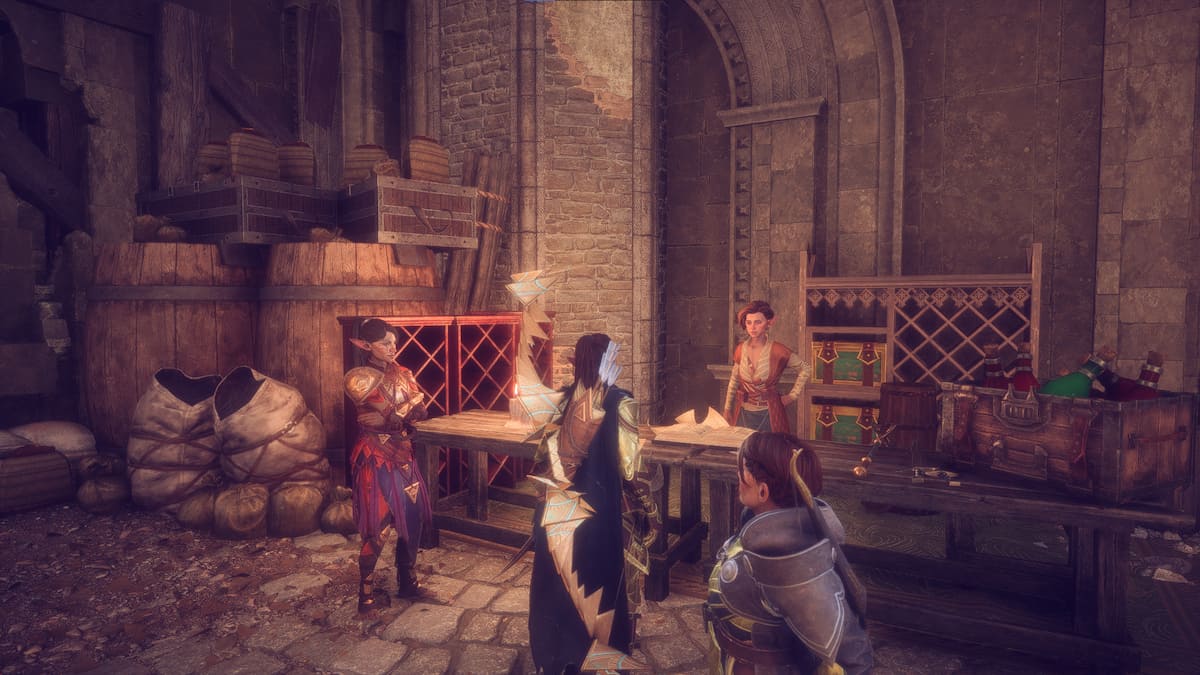
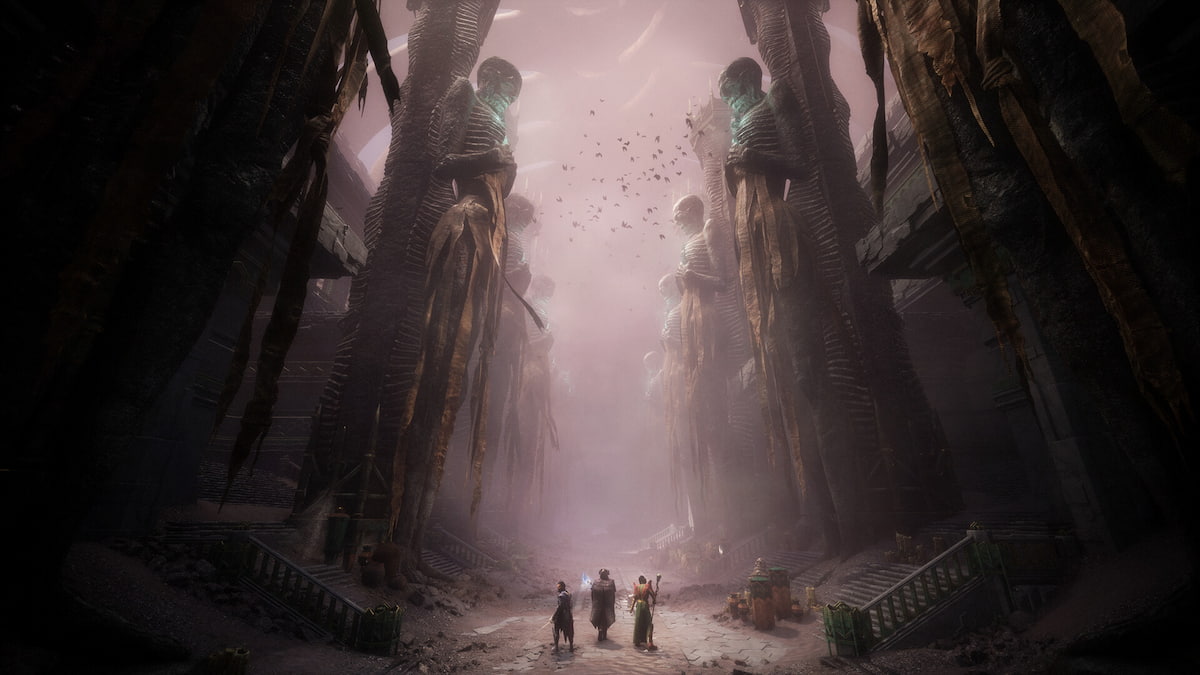

Published: Nov 8, 2024 12:52 pm